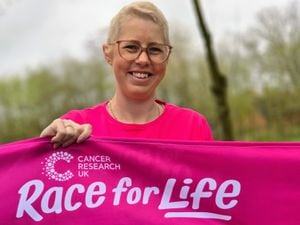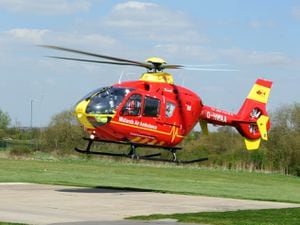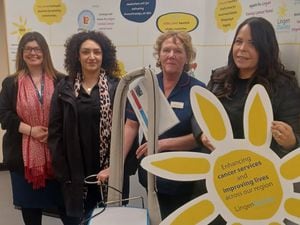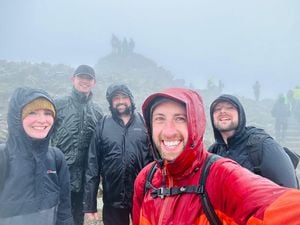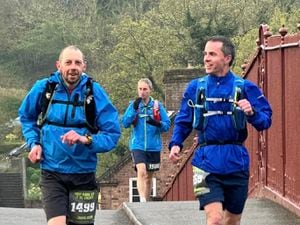When art and science collide: How Black Country technicians craft prosthetic body parts
This is the incredible result when the worlds of art and science collide.

Appearing almost life-like, a talented team of technicians create artificial eyes, noses and ears for hospital patients.
The delicate crafting process can take months.
But the end result means the world for people who have tragically lost precious body parts.
The technicians at Russells Hall Hospital in Dudley can also make fingers as well as nipples for female cancer patients.
Doctors only send patients to the Maxillofacial department when there is nowhere left to turn.
Some cases can be the result of horrific injuries.
In one instance, a prisoner’s ear was bitten off, while in another, someone’s eye was penetrated by a toilet plunger.
Each time a patient walks through the department’s doors, staff have no idea what to expect.
It is their job to help repair – or to hide – injuries which have caused severe damage to people’s faces.
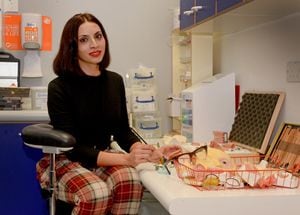
Prosthetist manager Zaine Ahmed, who leads the department’s small team, said: “How many times do you wake up in the morning and think ‘I’m feeling grateful for my eyes’, ‘I’m breathing’, ‘or ‘oh, I have got my fingers’?
“Who does that? You take it for granted. But you have got someone, like a young girl, who has lost their eye from day one, she is so paranoid and so cautious about her appearance, just to make that difference [to her] means a lot to me.
"At the end of the day, it is a business. But that satisfaction that I take away from helping that patient means a lot to me.”
It takes a degree of “artistic license” to craft the prosthetic parts, she said.
The final product can often leave people marvelling if it is the real thing.
Privately, this treatment would cost patients thousands of pounds.
The level of craftsmanship could be compared to that of special effects on movie sets.
It is a thorough process from start to finish which all takes place inside a couple of rooms and a laboratory, tucked away in the hospital.
Ms Ahmed and her colleagues start by making moulds around the affected areas on patients’ bodies.
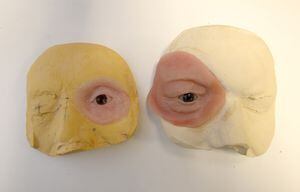
Emulsion is used on body parts and wax is used for the eyes.
An array of these casts can be seen scattered around the desks when the Express & Star visits.
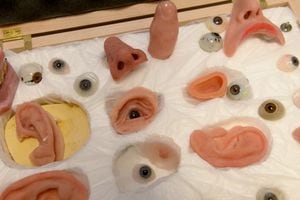
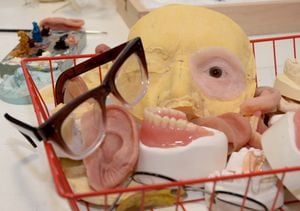
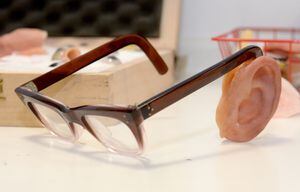
Once the moulds set, they are used as a template to make the real thing.
The eyes are made from acrylic and the body parts from silicon.
The final touches are made using paint, with skin tones and veins painted onto the prosthetic parts.
Ms Ahmed has a pallet of paint and colouring pencils to hand.
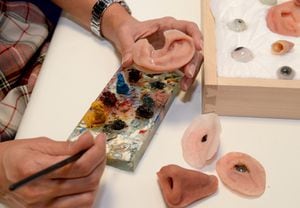
A clever part of the process sees a computer calculate the correct skin tone for each patient, giving the technicians the right recipe to mix colours correctly.
Ms Ahmed considers each patient she has as life-long ones, as they always return for check-ups on their body parts.
“It is like an MOT for them,” she said.
Although it is tragic some people have these horrific injuries, it may provide comfort such specialised treatment to help patients lead normal lives exists.

